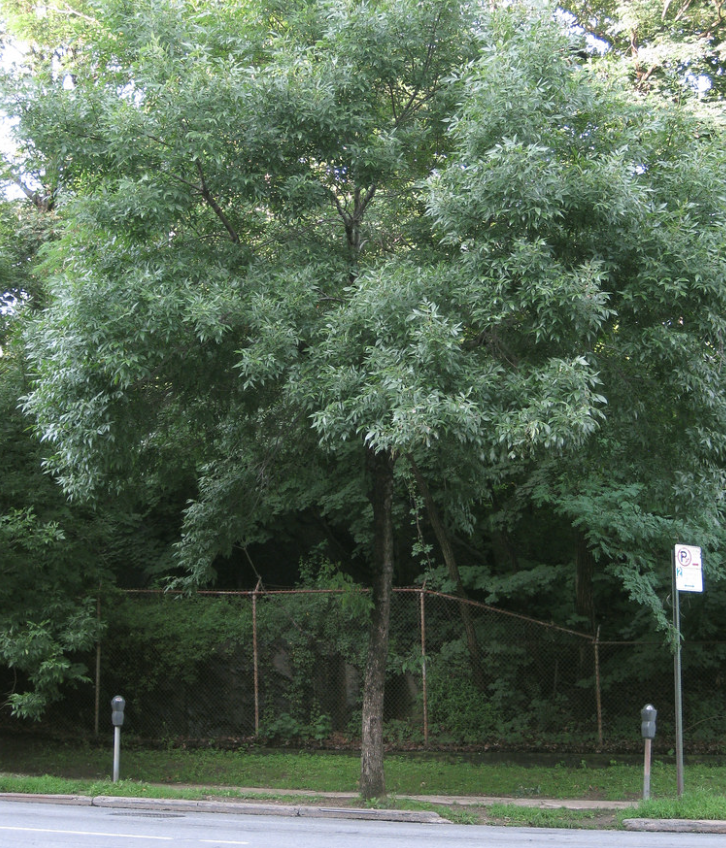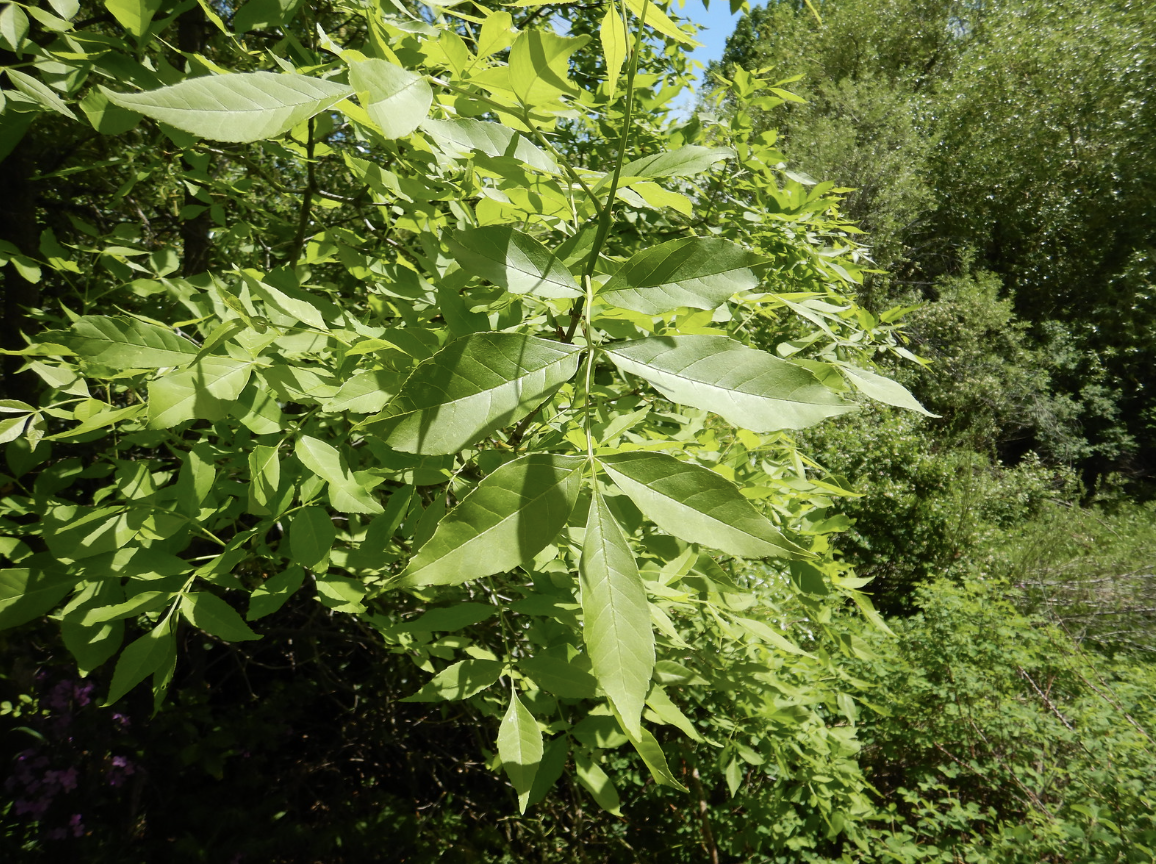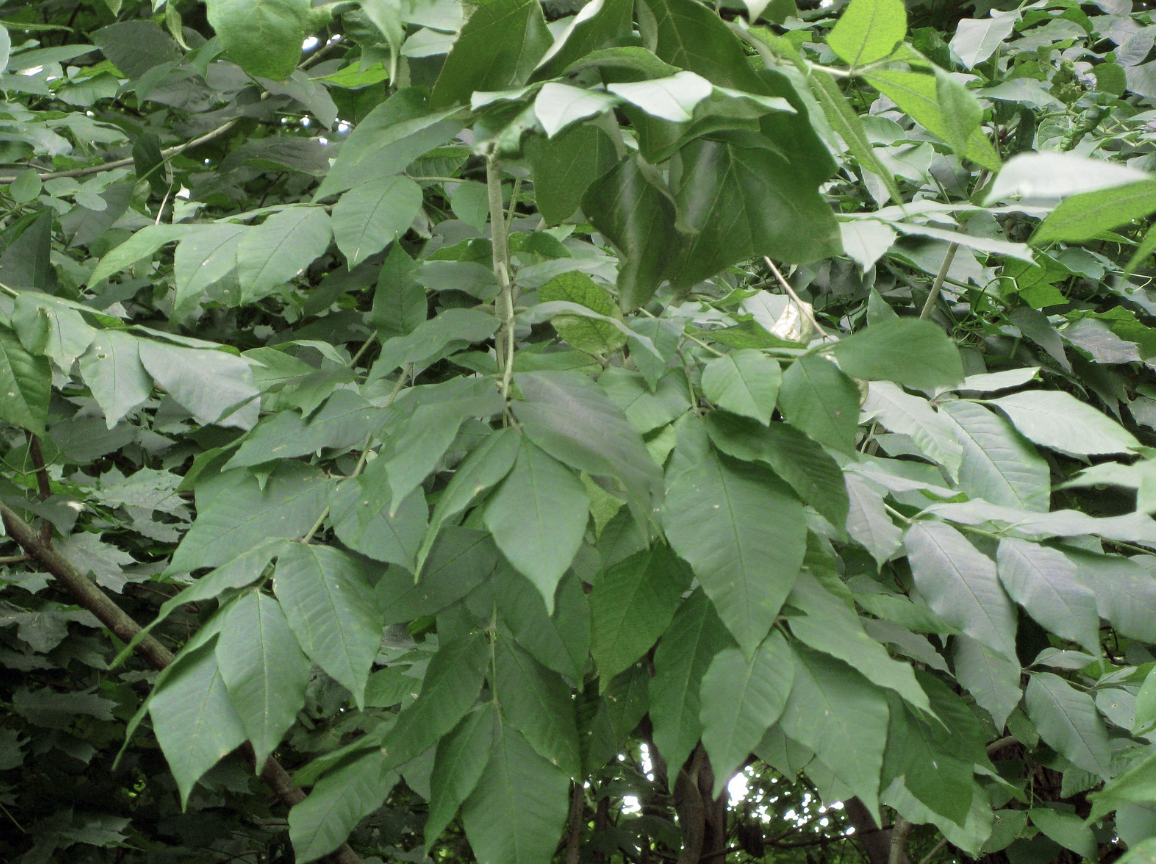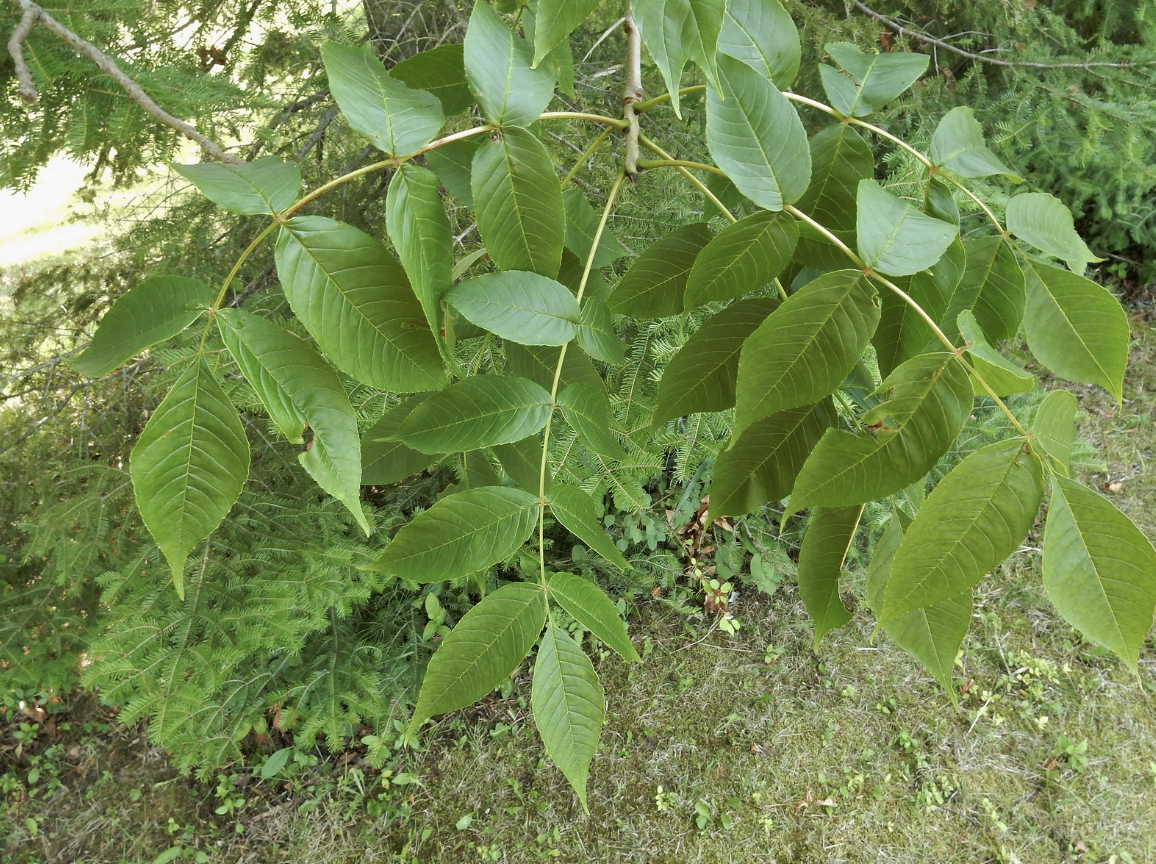3 Best Types of Ash Trees In Massachusetts (Plant, Grow or Admire)

What types of ash trees grow in Massachusetts?
Three types of Ash Trees in Massachusetts are Green Ash, White Ash, and Black Ash.
Due to their adaptability and tolerance for various soil conditions, ash trees grow well in the Massachusetts climate. The state is characterized by a wide range of temperatures and seasons favorable for many different plants. Moreover, there's abundant precipitation in the state throughout the year, meeting the ash tree's water needs.
Green and White Ash are the region's two most common ash species with beautiful tree canopy spread.
While White Ash turns orange-red during fall, Green Ash takes a yellow hue that's hard to miss. They grow all over the state throughout Massachusetts forests and landscapes.
Let's take a look at the best Ash trees in Massachusetts.
Table of Contents
Best Types of Ash Trees That Grow In Massachusetts
The following are the three most abundant types of Ash trees in Massachusetts:
- Green Ash
- White Ash
- Black Ash
All three varieties have different but overlapping habitats. Ash trees serve well for ornamental, landscaping, and practical purposes.
Since Ash trees provide shade and beauty, it's important to take care of the trees already on your property. They make for some of the best trees in Massachusetts.
Green Ash (Fraxinus pennsylvanica)

Photo Credit: Matt Lavin
Other Common Names: Downy ash
Growing Zones: 3 - 9 [1]
Average Mature Height: 50 to 60 feet
Green Ash is one of the most commonly planted Ash trees in the U.S., and it's no surprise why. It's a fast grower that can reach up to 60 feet in height, with a tree canopy spread of 30 to 40 feet.
The deciduous tree is characterized by its opposite, pinnately compound leaves that usually have 5 to 9 leaflets. Green Ash is found in moist bottomlands and across streambanks when growing in the wild. Meanwhile, it grows well in direct sunlight and wet soils in cultivation.
The tree flowers from April to May, with male and female flowers appearing on separate trees. You'll know it's a Green Ash tree if the flowers turn into winged fruits, commonly known as 'keys.' The conspicuous fruits develop in late summer and fall, dropping from the tree in early spring and winter.
White Ash (Fraxinus americana)

Photo Credit: Virens
Other Common Names: Baltimore white ash, Baltimore ash, American ash
Growing Zones: 3 - 9 [2]
Average Mature Height: 50 to 80 feet
White Ash is a large, long-lived deciduous tree that grows from 50 to 80 feet. It has an oval or rounded crown with dense foliage, and its branches grow in a sweeping pattern. The wide canopy of White Ash provides nesting space for birds. Meanwhile, the leaves are a food source for mammals, including cattle and deer, whereas birds, like cardinals and finches, feed on the tree's seeds.
Like the Green Ash, the White Ash also has pinnately compound leaves with up to nine sharp-pointed and stalked leaflets. The leaves are white or pale green on the bottom and dark green on the top. They turn purple or yellow during fall.
White Ash's fruit is a winged samara, which looks like a canoe paddle blade. It's an inch or two long, and the seed is present at the 'handle' of the fruit. Besides being an ornamental and shade tree, the wood from the White Ash is also used for making baseball bats.
Black Ash Tree (Fraxinus nigra)

Photo Credit: John Scholze
Other Common Names: Swamp ash, water ash, basket ash, hoop ash
Growing Zones: 2 - 9 [3]
Average Mature Height: 40 to 60 feet normally, but can reach 90 feet
Black Ash is native to the northeastern United States, where it's commonly found in swampy areas. The tree is tolerant to alkaline and acidic soils. Its wood is quite flexible, making it ideal for applications that require bending, such as the manufacturing of chair seats, baskets, barrel hoops, etc.
The common habitats of Black Ash are ravines, terraces, and floodplains. While the tree typically grows slowly, the growth rate speeds up on soils with better drainage. Black Ash flowers from May through June; the fruit is a winged and elongated samara with a single seed. The fruit ripens till September.
The seeds of Black Ash also serve as food for many birds and mammals. Pine grosbeaks, wood ducks, bobwhites, and quails feed on the winged seeds. Meanwhile, white-footed mice, porcupines, and beavers are some mammals that feed on the tree's seeds. Other mammals like moose and white-tailed deer eat the tree's foliage and twigs.
Growing Ash Trees In Massachusetts
Thanks for stopping by! We hope you learned about a few more variety ash trees that you can grow if you live in the state of Massachusetts. Add that to the already lengthy list of oak trees in Massachusetts you can consider.
Be sure to check out some of our other guides such as the best tools to cut tree branches should you decide to buy one.
FAQs

Christina Hernandez
Christina has done most of her research on environmental science but recently has changed her focus towards sustainable forestry. She has a passion for the outdoors and wants to spread that passion to the world.
Join our community!
Join to receive guides, insights, and the latest gardening deals!
